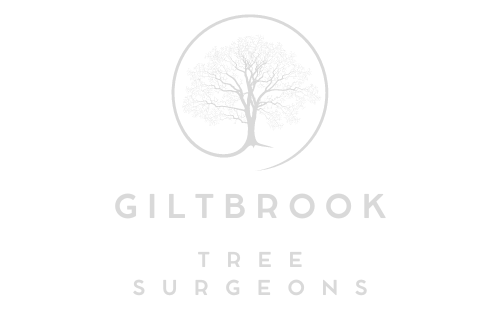Stump Grinding: Understanding Different Tree Species and Their Stumps
Introduction: Tree removal is a common practice for property owners seeking to manage landscaping, but dealing with leftover stumps requires careful consideration, especially regarding stump grinding. Understanding the characteristics of different tree species and their stumps is crucial for achieving effective stump removal. This blog post will explore the importance of understanding different tree species and how they influence stump-grinding.
Hardwood vs. Softwood Trees:
- Tree species can be categorised into hardwood and softwood varieties based on their wood composition. Hardwood trees like oak, maple, and hickory have denser and tougher wood, resulting in more durable and challenging stumps. Softwood trees, including pine, cedar, and spruce, have softer and less dense wood, leading to softer and easier-to-grind stumps. Understanding the distinction between hardwood and softwood trees helps stump-grinding professionals select the appropriate equipment and techniques for each type of stump.
Root System Characteristics:
- Different tree species have unique root system characteristics that influence their stumps’ size, spread, and complexity. Trees with shallow and spreading root systems, such as maples and elms, may produce stumps with extensive lateral roots that require careful grinding to achieve complete removal. Conversely, trees with deep and taproot-like structures, such as pines and spruces, may have stumps with deep anchoring roots that necessitate deeper grinding for thorough eradication. By understanding the root system characteristics of different tree species, stump grinding professionals can anticipate potential challenges and adjust their approach accordingly.
Stump Hardness and Density:
- The hardness and density of tree stumps vary depending on the tree species and its age. Older trees tend to have denser and harder stumps, making them more resistant to grinding. Additionally, certain tree species, such as locust and cedar, are known for producing exceptionally hard and dense wood, resulting in tougher stumps requiring specialised equipment and effective removal techniques. Stump grinding professionals must assess the hardness and density of each stump based on the tree species and its age to determine the appropriate grinding approach and ensure successful stump removal.
Moisture Content:
- The moisture content of tree stumps can impact their grindability and ease of removal. Green or freshly cut stumps typically have higher moisture content, making them softer and easier to grind than dry or seasoned stumps. However, excessively wet stumps may present challenges such as clogging grinding equipment or producing excessive debris. Conversely, dry or seasoned stumps may be harder and more resistant to grinding, requiring additional effort and time to achieve desired results. Understanding the moisture content of tree stumps helps stump grinding professionals anticipate grinding conditions and optimise their approach for efficient removal.
Environmental Considerations:
- In addition to tree species characteristics, environmental factors such as soil type, site conditions, and surrounding vegetation can influence the stump grinding process. Stumps in sandy or rocky soil may be easier to grind than in compacted or clay-rich soil. Similarly, stumps surrounded by sensitive landscaping or protected vegetation may require extra care and precision to avoid damage during grinding. Stump grinding professionals must assess environmental factors and adjust their techniques accordingly to minimise impact and ensure safe and effective stump removal.
Conclusion: Understanding the characteristics of different tree species and their stumps is essential for successful stump grinding outcomes. By considering factors such as hardwood vs. softwood trees, root system characteristics, stump hardness and density, moisture content, and environmental considerations, stump grinding professionals can tailor their approach to each stump’s unique characteristics and achieve thorough and effective removal. Property owners seeking stump grinding services should partner with experienced and knowledgeable professionals who understand the nuances of tree species and can deliver exceptional results. With the right expertise and approach, stump grinding can transform unsightly stumps into clean, clear, and stump-free landscapes that enhance the beauty and functionality of outdoor spaces.
Call us on: 0115 647 1194
Click here to find out more about Giltbrook Tree Surgeons
Click here to complete our contact form and see how we can help with your tree’s needs.

